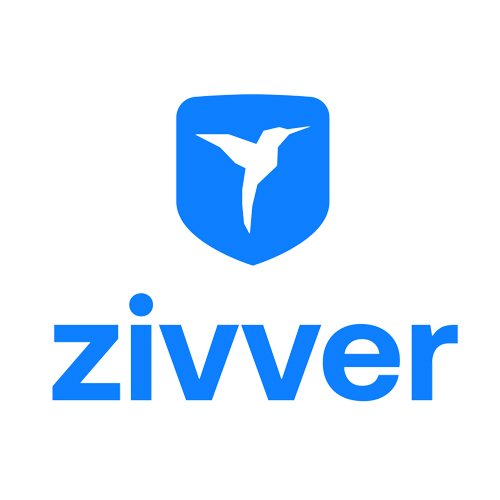The rise of remote work has led to significant changes in how teams collaborate and communicate. As businesses across the globe embrace hybrid and remote work models, the need for efficient collaboration tools has never been greater. Artificial intelligence (AI) is increasingly playing a central role in enhancing these tools, offering features that help teams work more efficiently, communicate seamlessly, and improve productivity. AI-powered collaboration tools for remote teams are revolutionizing how individuals interact, share information, and manage tasks. In this article, we explore the benefits of these tools and how they are shaping the future of remote work.

The Growing Need for AI-Powered Collaboration Tools
As remote teams become more common, organizations face the challenge of maintaining productivity and communication across dispersed workforces. Traditional collaboration tools, such as email, video calls, and shared documents, have served their purpose, but they often fall short in providing the level of efficiency and coordination needed for modern, fast-paced work environments. AI-powered collaboration tools offer solutions that go beyond basic communication and task management. AI integrates machine learning algorithms, natural language processing, and other advanced technologies to streamline workflows, reduce repetitive tasks, and provide real-time insights into team activities. These tools can automate mundane processes, assist with decision-making, and enable teams to focus on more strategic work. As businesses increasingly rely on remote teams, AI-powered collaboration tools are becoming essential for maintaining efficiency and fostering innovation.Improving Communication with AI
Effective communication is the foundation of any successful remote team. AI-powered tools are improving communication by enhancing the quality, speed, and accessibility of conversations. For instance, AI-driven language translation tools break down language barriers, allowing teams from different parts of the world to communicate without issues. These tools automatically translate messages, emails, and video conference calls in real time, enabling seamless collaboration regardless of location. In addition to language translation, AI tools can assist with transcribing meetings and discussions, providing accurate records that can be referenced later. AI transcription services use speech recognition technology to convert audio and video content into text, saving time and ensuring that key points are not lost during discussions. This feature is particularly useful for teams with members across different time zones or for those who need to catch up on meetings they missed.AI in Project Management
AI-powered project management tools are transforming how remote teams plan, execute, and track their work. These tools use AI to automatically organize tasks, assign deadlines, and prioritize work based on predefined criteria. By analyzing past project data, AI tools can predict potential bottlenecks, identify resource gaps, and recommend optimal workflows for teams. AI-driven project management software can also track team progress in real time, offering insights into how projects are progressing and where improvements are needed. Managers can use these tools to make data-driven decisions and optimize team performance. AI’s ability to automate scheduling, task allocation, and progress monitoring reduces the administrative burden on team leaders, allowing them to focus on higher-value tasks.Enhancing Collaboration with Smart Document Sharing
Document sharing and collaboration are central to remote work. AI-powered tools are making it easier for teams to collaborate on documents, spreadsheets, and presentations in real time. These tools can automatically suggest edits, highlight changes, and even generate content based on the context of the document. For example, AI can recommend improvements in writing style, check for grammatical errors, and ensure that the content aligns with company standards. Moreover, AI tools can help organize and categorize documents, making it easier to find files and track versions. This reduces the time spent searching for documents and ensures that all team members are working on the most current version of a file. AI’s role in document management extends beyond simple collaboration; it also improves overall efficiency by streamlining document workflows and enhancing the document review process.Streamlining Time Management with AI
Time management is critical for remote teams, as they often juggle multiple projects and tasks simultaneously. AI-powered tools are helping teams optimize their time and stay focused on the most important work. These tools analyze employee schedules, project deadlines, and workload distribution to recommend time-saving strategies and identify areas where tasks can be consolidated or delegated. For example, AI can track how much time employees spend on specific tasks and provide insights into their productivity patterns. Based on this data, AI tools can suggest changes to work schedules, recommend break times, and even automate recurring tasks to free up time for more strategic activities. By streamlining time management, AI tools help remote teams stay on track and reduce the risk of burnout.Virtual Assistance for Remote Teams
AI-powered virtual assistants are becoming an integral part of remote team collaboration. These virtual assistants are designed to help with a wide range of administrative tasks, such as scheduling meetings, sending reminders, and managing emails. Virtual assistants can also handle routine inquiries, provide instant responses to frequently asked questions, and assist with task management. For example, virtual assistants can automatically schedule meetings based on team members’ availability, eliminating the need for back-and-forth emails. They can also send reminders and follow-ups for important tasks, ensuring that deadlines are met and important projects stay on track. By taking care of routine administrative duties, AI-powered virtual assistants allow remote teams to focus on higher-level tasks that require human expertise.






